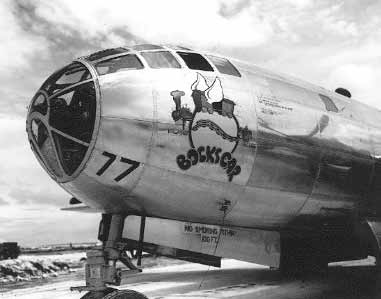The end of the Pacific War historiography of “Atomic Diplomacy” seems destined for a second round of debunking, after the 1980’s declassification of WW2 Ultra files, with what looks like a “Jon Parchell talking to Japanese scholars about Commander Mitsuo Fuchida’s version of Midway” moment. [1]
That is, an accepted American Pacific War historiography is about to be ‘up ended’ by Japanese language scholarship little/unknown in English language for years after its appearance. In this particular case, the ‘scholarship’ is a 2011 NHK documentary titled as follows:
“Atomic bombing – top secret information that was never utilized”
原爆投下 活(ã„)ã‹ã•ã‚Œãªã‹ã£ãŸæ¥µç§˜æƒ…å ±
Original link:
http://www.nhk.or.jp/special/onair/110806.html
Currently accessible link:
https://www.dailymotion.com/video/xkev97

The NHK documentary answers questions that “Atomic Diplomacy” has never bothered to ask. Specifically “What did the Imperial Japanese Military & Government know about the American nuclear weapon program, when did it know it, and what did it do about it.”
NHK’s documentary lays out the following:
- The Japanese military knew of the Manhattan project in 1943 and started its own nuclear weapons programs (IJA & IJN) as a result.[2]
- The Imperial Japanese Military gave up these nuclear programs in June 1945. [3]
- The Imperial Japanese Military & Foreign Ministry were informed of the American Atomic test on July 16, 1945 and refused to believe it was a nuclear detonation.
- The code breakers of the Imperial Japanese Army had been tracking the combat operations of the 509th Composite Group including both A-bomb drops.[4] The Imperial General Staff was told of the special message to Washington DC for the Hiroshima attack, sat on the information, and warned no one.
- The Imperial General Staff repeated this non-communication performance for the 2nd nuclear attack on Nagasaki.
Not having Japanese language skills myself, I had a link to a 2013 English language translations of the documentary sent to me by an acquaintance.